Cats are fascinating creatures with unique personalities and behaviors. While their behaviors can be cute and endearing, some can be frustrating for cat owners. Understanding cat behavior is crucial for building a strong bond with your feline companion and addressing any issues.
Scratching
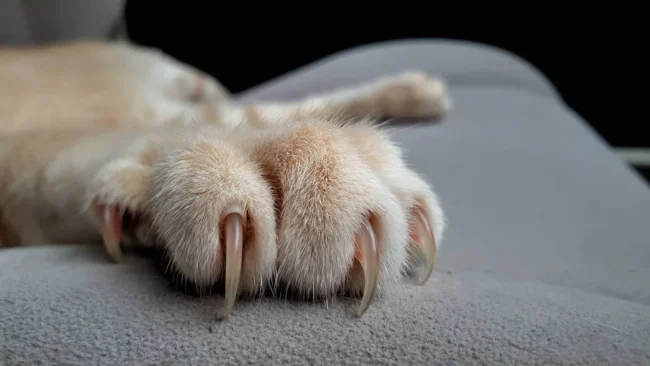
One of the common cat behaviors that can be frustrating for cat owners is scratching. Scratching is natural for cats and helps them mark their territory, stretch their muscles, and remove the outer layer of their claws. However, cats can scratch furniture, carpets, and other household items, causing damage.
To manage scratching behavior, provide your cat with appropriate scratching surfaces, such as scratching posts, mats, or boards. Please place them in areas where your cat loves to scratch and encourage them to use these surfaces by using toys or treats. You can also use aluminum foil or double-sided tape on furniture to discourage your cat from scratching.
Purring
Every cat purrs, and there are numerous interpretations of purring. Some studies suggest that cats often purr when feeling relaxed, but they may also purr to self-soothe if they feel stressed or injured.
Mama cats purr to attract their nursing kittens to their nipple when they are born. Additionally, cats will purr to communicate with their owners and associate with other cats.
Meowing
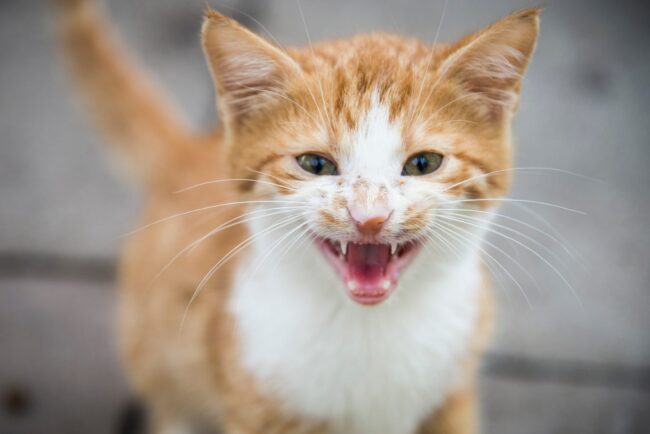
Meowing is the way cats communicate with their owners, but excessive meowing can indicate an underlying issue. Cats may meow for various reasons, such as hunger, boredom, attention, or health issues.
To address excessive meowing, first, rule out any potential health problems by taking your cat to the vet. If there are no underlying health issues, try to identify the reason for meowing and address it. For example, if your cat is meowing because they are hungry, try feeding them small, frequent meals throughout the day. If your cat is meowing for attention, set aside some dedicated playtime with them each day to meet their needs.
Tail wagging
It’s not the same ecstatic response you get from a happy dog wag when a cat “wags” its tail. It can even imply the complete opposite. A cat tail wag can be more of a warning. The tail wag may indicate increased eagerness, irritation, or frustration. ‘’Stop what you’re doing, or I’ll get angry and bite you,’’ could be the overall meaning of the thrashing tail. According to veterinary doctors, the tip of the tail is frequently a sign that your cat is getting ready to pounce on their favorite toy or maybe on your leg. In this case, you should be concerned and try to discover the problem.
Chirping
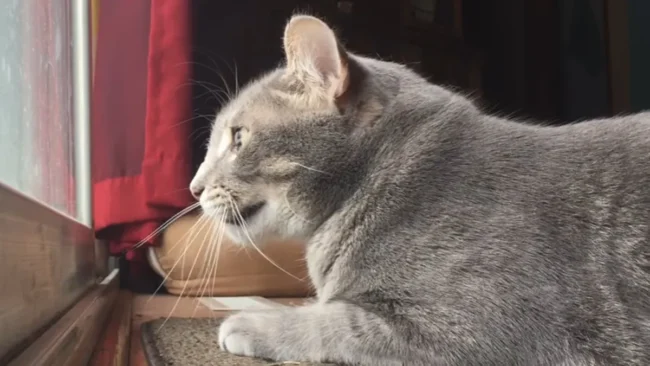
Chirping is another typical cat sound in addition to purring and meowing. One of two things happens when a cat chirps: it has spotted a bird, bug, mouse, or toy, or its hunting instincts have been triggered. Your cat might chirp while it watches a bird outside through the window or when it greets another cat. Its tail is probably wagging, and its pupils are dilated when it chirps, most likely in this manner. A cat may also chirp if it is happy to see someone, whether it is another cat or you. Learn the reason behind your cat’s chirp or instant attention.
Hunting
Cats are natural hunters; indoor cats may exhibit hunting behavior by stalking and pouncing on toys or household items. While this behavior can be cute and entertaining, it can also become problematic if your cat begins hunting and killing wildlife.
To manage hunting behavior, provide your cat with plenty of toys to satisfy its hunting instincts, such as interactive toys or puzzle feeders. If your cat is hunting wildlife, keep them indoors or supervise them while they are outside. You can also give your cat a designated outdoor enclosure or window perch to satisfy its desire to observe wildlife.
Licking
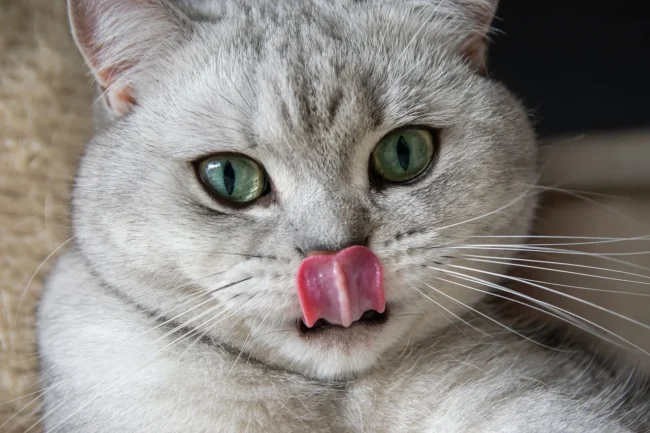
You may have noticed that your cat occasionally licks you with its rough tongue. There are several motives for why cats act this way. Cats will lick their owners to express caring and affection. According to studies, cats form a unique social link with you when they lick you. On the other hand, a mama cat licks her kittens to groom them and to show them love during the kitten stage, which is when this licking behavior first appears.
Cats also tend to lick themselves frequently. Cats are creatures that can clean themselves, and they have excellent grooming habits. Cats are born with the necessary grooming equipment, including saliva, paws, and a rough, barbed tongue. Therefore, you won’t have to stress about giving them regular baths and maintaining their appearance.
Chewing
Cats are lively animals with a unique interest in cords, ribbons, and similar materials. When your cat chews cords, they aren’t trying to be destructive or hazardous. It is because the cords are so easily accessible. Therefore you should put the ones you’re not using away, then cover the rest with cord covers (available at pet supply stores). Another option is to try spraying bitter apples on the cords but only use a small amount because cats can become ill from ingesting too many essential oils. It’s advisable to consult a vet to rule out any teeth issues if they continue to chew cords despite having been given a bitter apple to gnaw on.
Training and Positive Reinforcement
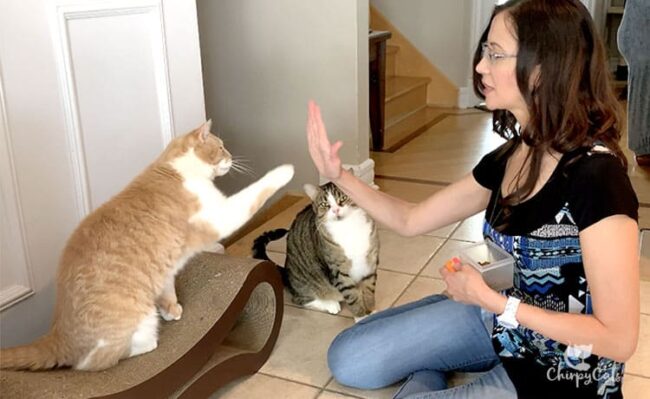
Training your cat through positive reinforcement can be an effective way to manage its behavior. Positive reinforcement involves rewarding your cat for desirable behaviors, like using a scratching post or playing with toys, and this can be done through treats, praise, or playtime.
It’s important to remember that cats respond best to positive reinforcement and do not respond well to punishment or negative reinforcement. Yelling, hitting, or spraying your cat with water will not address the underlying issue and can affect the bond between you and your cat.
The endnote
Understanding cat behavior is essential for building a strong relationship with your feline companion and managing unwanted behaviors. Scratching, meowing, hunting, and other behaviors are all natural for cats, and providing appropriate outlets for these behaviors is crucial. You can help your cat become a well-behaved and happy family member with patience and positive reinforcement.
